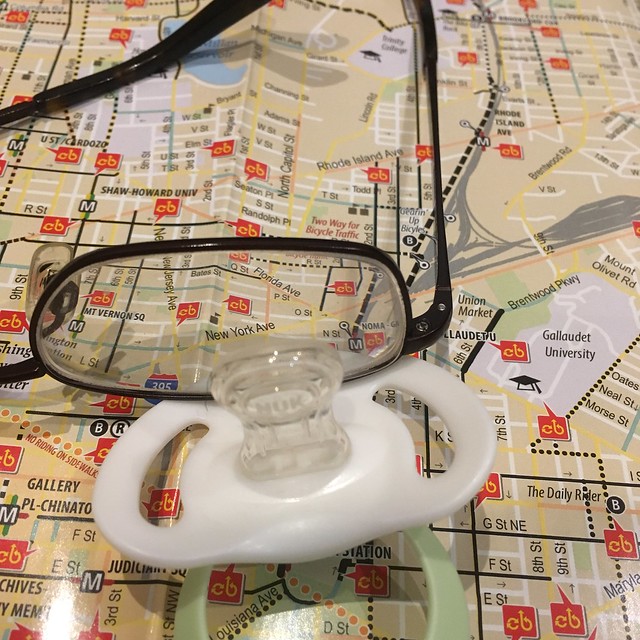 The Washington Post has an article that mentions a DC government website to help parents locate daycare/childcare. The Office of the State Superintendent of Education (OSSE) has a website called My Child Care and it isn’t half bad. It is useful if you want to know where the daycare is, ranging from individuals caring in their home to full out child care centers. The Post article goes on to mention other resources, some paid, geared towards parents looking for child care.
The Washington Post has an article that mentions a DC government website to help parents locate daycare/childcare. The Office of the State Superintendent of Education (OSSE) has a website called My Child Care and it isn’t half bad. It is useful if you want to know where the daycare is, ranging from individuals caring in their home to full out child care centers. The Post article goes on to mention other resources, some paid, geared towards parents looking for child care.
What I can get out of the OSSE website is location, general age range, are vouchers taken, if is food provided and a few other things that are not too high on my list. The search function for hours is useless and you’d have to look at an individual provider’s operating hours, as there is a field where almost all the providers I searched were 12:00AM to 12:00AM, which is incorrect.
No what I was looking for beyond where were places were things no so well addressed by My Child Care. I wanted to know 1)do they take babies, 2) how much, and 3) is there a wait list and how bad is it? On the first point, My Child Care is so-so. There is an search field for infants 0-12 months, but 6 weeks seems to be the youngest for many places that take infants. On the second and third points there is no information. I found a website, Care Lulu that seems to allow for searching by price, and the 0-3 month age range but I did not see the price for individual day cares. Care Lulu did mention if places took 6 week old babies and I spotted one spot that took infants as young as 1 week, but that place has no openings.
Do I care about accreditations? My little guy hasn’t figured out crawling, or his name (he might just be ignoring me), so right now, no. It just has to be licensed, and better than the child care my mother provided when I and my sister were kids*.
But there are things the DC government cares about. I’m sure there is federal funding and grants behind those cares. As a entity that grants vouchers, they’d care who would take those vouchers. Yet, for the government to include the things I care about, including latest pick up time for infants before they start charging extra, and the other things I mentioned, they would need someone to be proactive in updating the list.
Better than nothing….
*I swear my mom just grabbed random women outside the county mental health clinic and asked if they’d watch us. We had some crazy babysitters. She laughs it off when I bring it up.
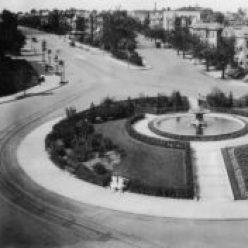
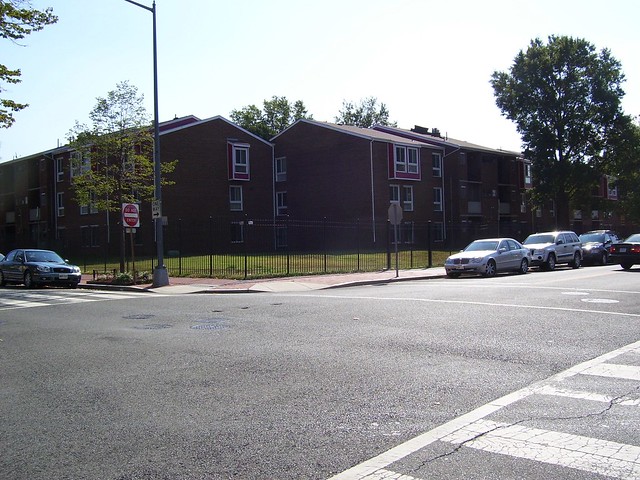
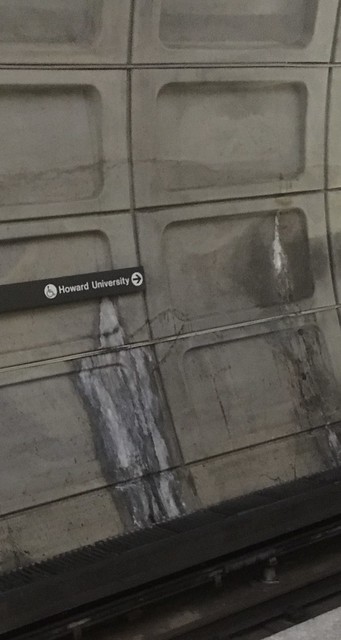

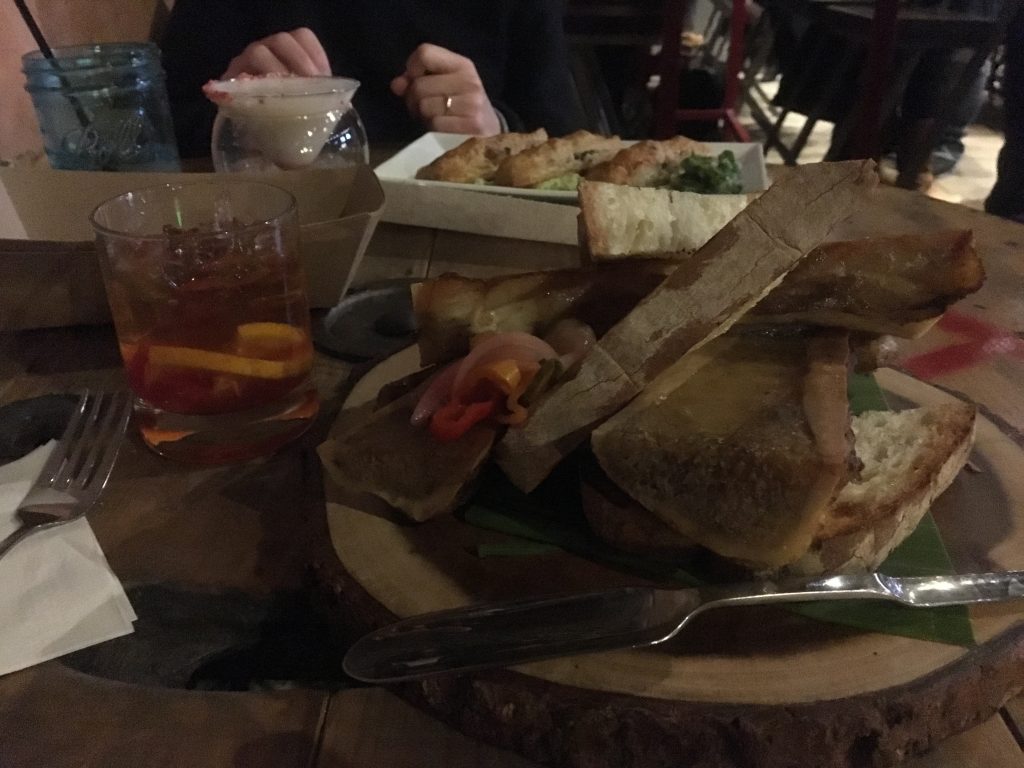
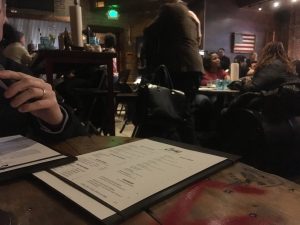 My main reason for getting a sitter and making Spark 12 our date night outing were the bones. Ignoring the bone marrow, everything else was meh, ‘alright’. The people at the next table were loud and even after they left, we still had to speak with a raised voice to hear each other. The service seemed a little slow, but since they’d only been open about a week, that was forgivable. The Old Fashioned I ordered was fair tastewise but packed one hell of a boozy punch. The Help ordered a chocolate atomic fireball non-alcoholic drink. It was like a chocolate manhattan with the cinnamon spice candy along the rim and at the bottom of the drink. I thought the chocolate tasted watery and the strong cinnamon was a little overwhelming. If I hadn’t had a big lunch I might have been hungry for more, and if I were, we would have left to check out
My main reason for getting a sitter and making Spark 12 our date night outing were the bones. Ignoring the bone marrow, everything else was meh, ‘alright’. The people at the next table were loud and even after they left, we still had to speak with a raised voice to hear each other. The service seemed a little slow, but since they’d only been open about a week, that was forgivable. The Old Fashioned I ordered was fair tastewise but packed one hell of a boozy punch. The Help ordered a chocolate atomic fireball non-alcoholic drink. It was like a chocolate manhattan with the cinnamon spice candy along the rim and at the bottom of the drink. I thought the chocolate tasted watery and the strong cinnamon was a little overwhelming. If I hadn’t had a big lunch I might have been hungry for more, and if I were, we would have left to check out